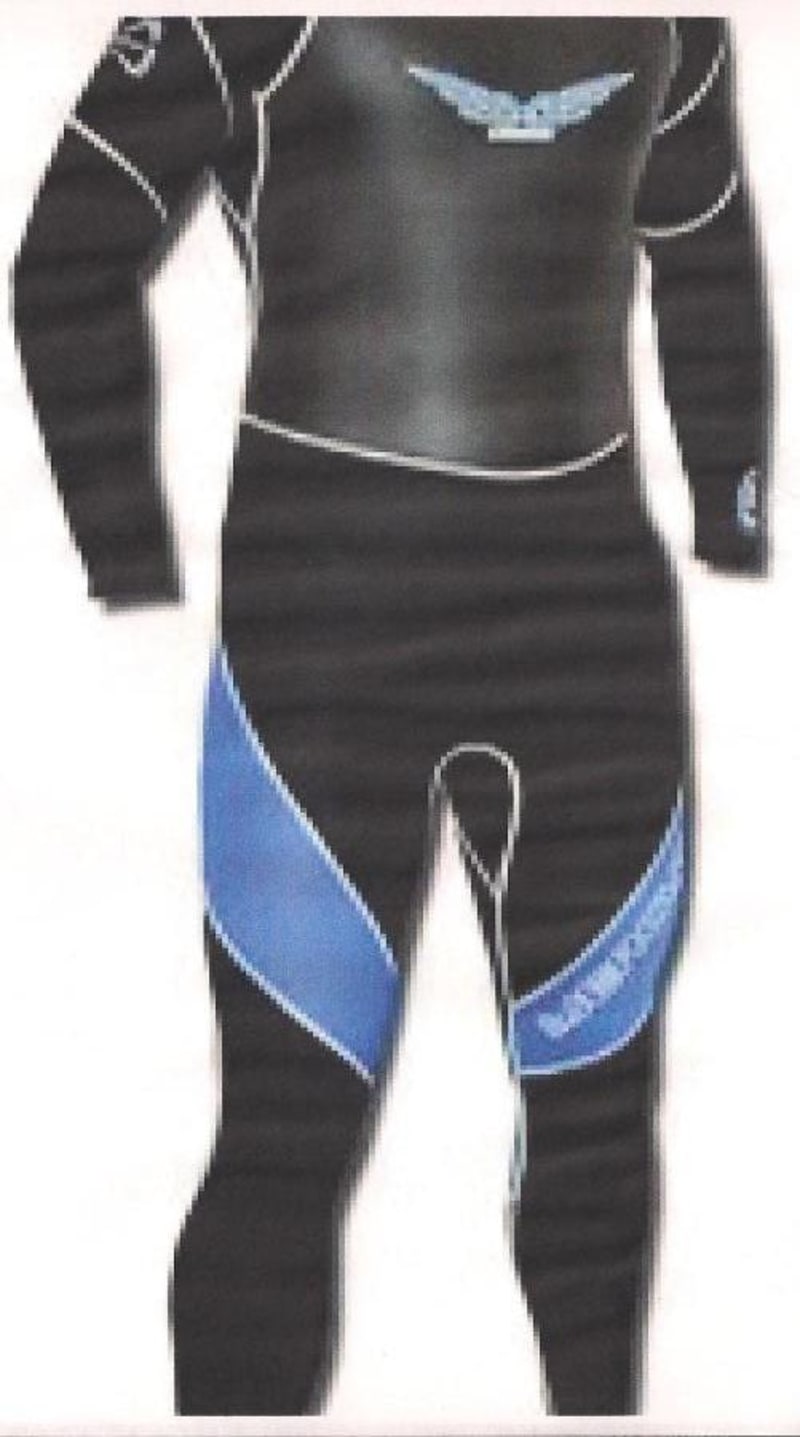It has been known since before 1970 that cancer cells exposed for a prolonged period at temperatures of 108 degrees Fahrenheit and higher die. The thermal approach has been tried by major hospitals and has not worked well. MD Anderson in Houston TX tried it with hot paraffin applied over the locale of a tumor hoping that the heat would migrate to the tumor and damage it. Nice try but it was a very ineffective application.
Radio Frequency heating has been and continues to be used somewhat effectively for localized tumors.
This hyperthermal RF approach is like focusing a microwave beam below the surface of the skin to concentrate at the depth of the tumor. This is not very effective for tumors deeper than about 1.5 inches. Also, if a tumor has metastasized extensively these two procedures are virtually useless.
I propose we put the patient into a WET SUITE or Hot Tub and regulate the temperature from 106 degrees and higher. We would use heated water entering ports on each foot and exiting out of a skull cap and recirculated again and again.
The other approach is to override the normal limits of heat control on a hot tub and have the patient submerged for total contact.
In both scenarios we would have the patient breathing through a face mask that has oxygen enriched humid air at the same temperature as the bath.
We also know that cancer cells are anaerobic and die in an oxygen rich environment. Therefore I suggest that we also include an intravenous drip of Food Grade Hydrogen Peroxide at about 5% initially and we would experiment with the dosage.
That is my proposal. I am trying to find financial support and a medical team to work on these ideas. The main hurdle would be getting permission from he FDA to do this.
The thing is that HEAT KILLS CANCER CELLS BEFORE HEALTHY HUMAN CELLS DIE. This is not an idea. It is a fact. Let's get this simple and very inexpensive approach into trials and feel good when we see that IT WORKS!
Thank you, Bob Sommer
Like this entry?
-
About the Entrant
- Name:Robert Sommer
- Type of entry:individual
- Patent status:none

